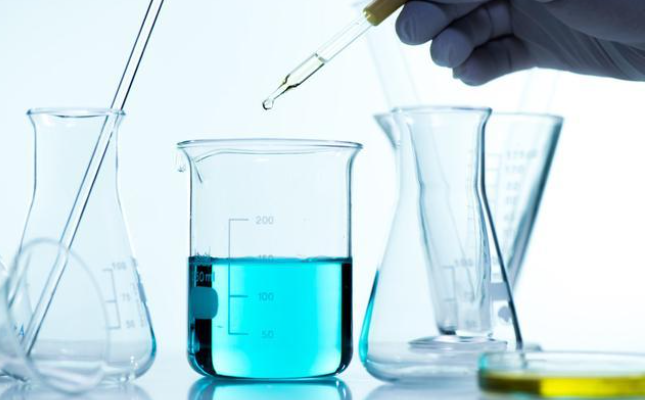Solid particle dispersion process The dispersion process of solid particles in the medium is generally divided into three stages.
- Wetting of solid particles Wetting is the most basic condition for the dispersion of solid particles. To disperse solid particles evenly in the medium, each solid particle or particle group must first be fully wetted.
- Dispersion or fragmentation of ion clusters. In this process, the particle clusters must be dispersed or fragmented, which involves the separation of the particle clusters and the internal solid-solid interface. Different types of surfactants play different roles in the dispersion or fragmentation of particle clusters.
Generally, when water is used as the medium, the solid surface is often negatively charged. Although anionic surfactants are also negatively charged, under conditions where the solid surface potential is not very strong, anionic surfactants can overcome electrostatic repulsion through van der Waals forces or be adsorbed on the gap surface through mosaic methods, causing the surface to carry the same charge. This charge increases the repulsive force, and the osmotic pressure generated by the penetrating water jointly reduces the degree of adhesion between particles, reducing the mechanical work required to fragment the solid particles or particle clusters, thereby causing the particle clusters to be fragmented or the particles to be fragmented. into smaller crystals and gradually dispersed in the liquid medium.
Non-ionic surfactants are also adsorbed on the gap walls through van der Waals forces. The presence of non-ionic surfactants cannot produce point repulsion but can produce entropic repulsion and osmotic hydration force, making the micro-cracks in the particle cluster The bonding strength decreases and is conducive to the fragmentation of particle clusters c. Cationic surfactants can be adsorbed on the gap wall through electrostatic attraction, but the adsorption state is different from anionic surfactants and nonionic surfactants.
- Prevent the re-aggregation of solid particles. Once the solid particles are dispersed in a liquid, a uniform dispersion is obtained, but whether it is stable or not depends on whether the dispersed solid particles can re-aggregate to form an agglomerate.
The dispersion and stabilizing effect of surfactants in aqueous media
- Dispersion of non-polar solid particles After surfactant is added to the suspension, since the surfactant can reduce the surface tension of water, and the hydrophobic bond of the surfactant can be adsorbed on the surface of non-polar solid particles through van der Waals force, The hydrophilic group extends into the water to increase the hydrophilicity of its surface, thereby improving the wettability of non-polar solid particles.
- Dispersion and stabilization of charged particles
The surface of the ionic surfactant fish particles has the same charge. When the charge of the ionic surfactant is the same as the surface of the particle, the ionic surfactant is not easily adsorbed on the surface of the particle due to electrostatic repulsion; However, if the van der Waals force between the ionic surfactant and the particle is strong and the electrostatic repulsion can be overcome, the ionic surfactant can be adsorbed on the particle surface through characteristic adsorption, which will increase the absolute value of the zeta potential on the particle surface. , making the charged particles more stable in water.
The ionic surfactant and the particle surface have opposite charges. If the ionic surfactant used has opposite charges to the particle surface, when the surfactant concentration is low, the surface charge of the particle will be neutralized, causing electrostatic repulsion. Elimination, flocculation may occur; but when the concentration of surfactant is high, after the second layer of surfactant ions is adsorbed on the electrically neutralized particles, the solid particles become charged again, due to electrostatic repulsion. The solid particles are dispersed again.
The dispersion and stabilizing effect of surfactants in organic media
The dispersion of particles in organic media is mainly achieved by entropic repulsion generated by steric hindrance. For non-polar particles, they can be stably dispersed in organic media by overcoming the van der Waals force between particles. Surface treatment of organic pigments can be achieved in several ways.
- Surface treatment of organic pigments using organic amines
- Use pigment derivatives for surface treatment of organic pigments.

